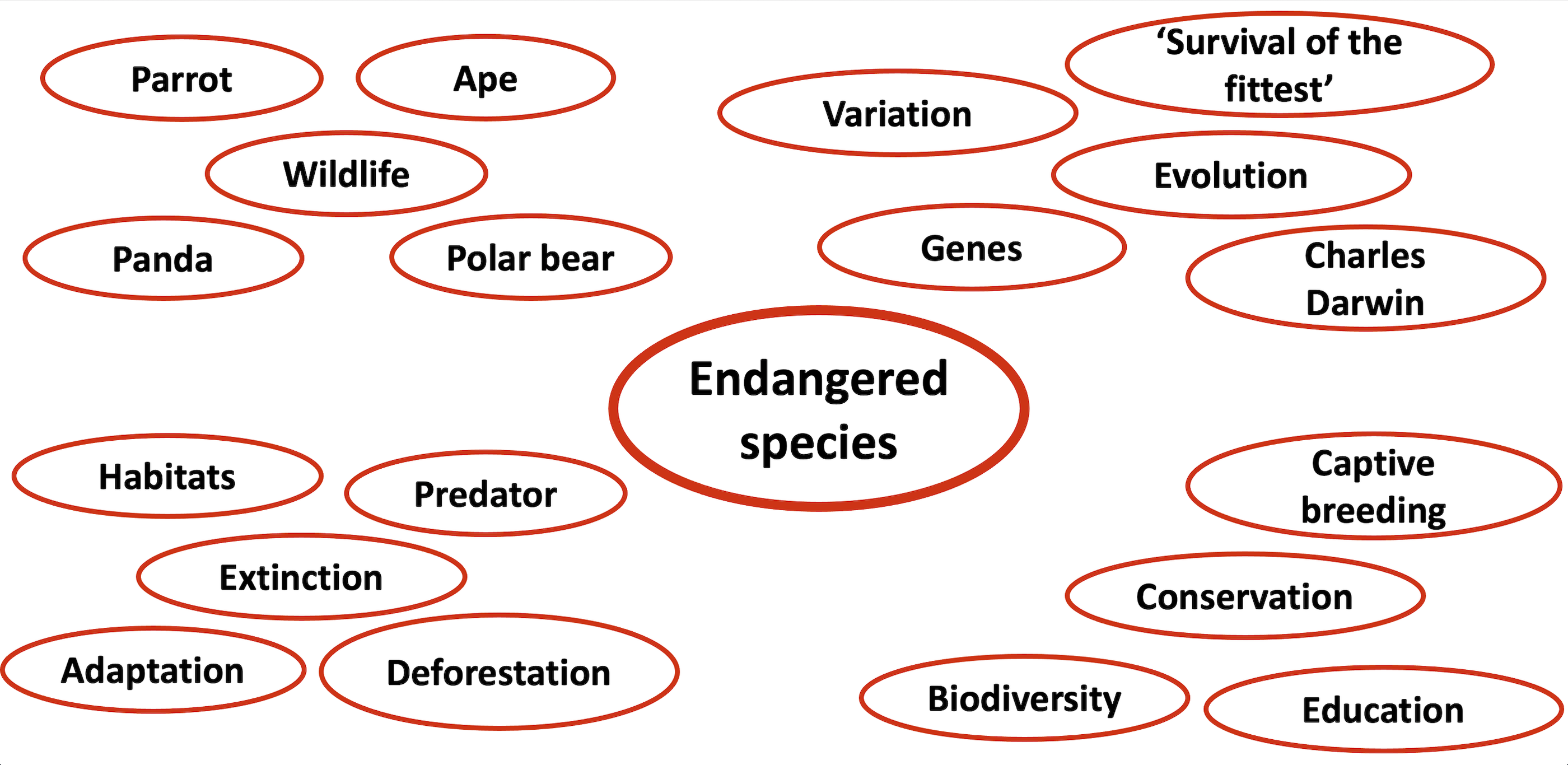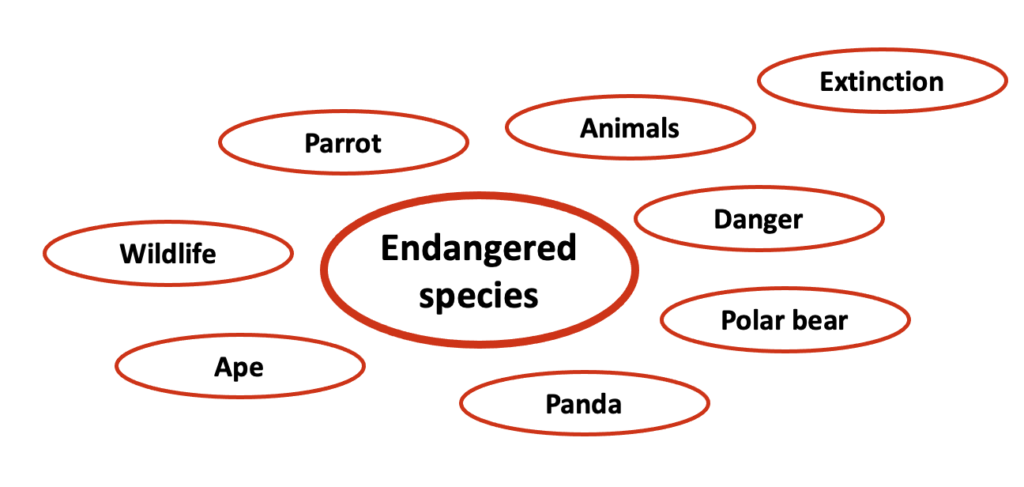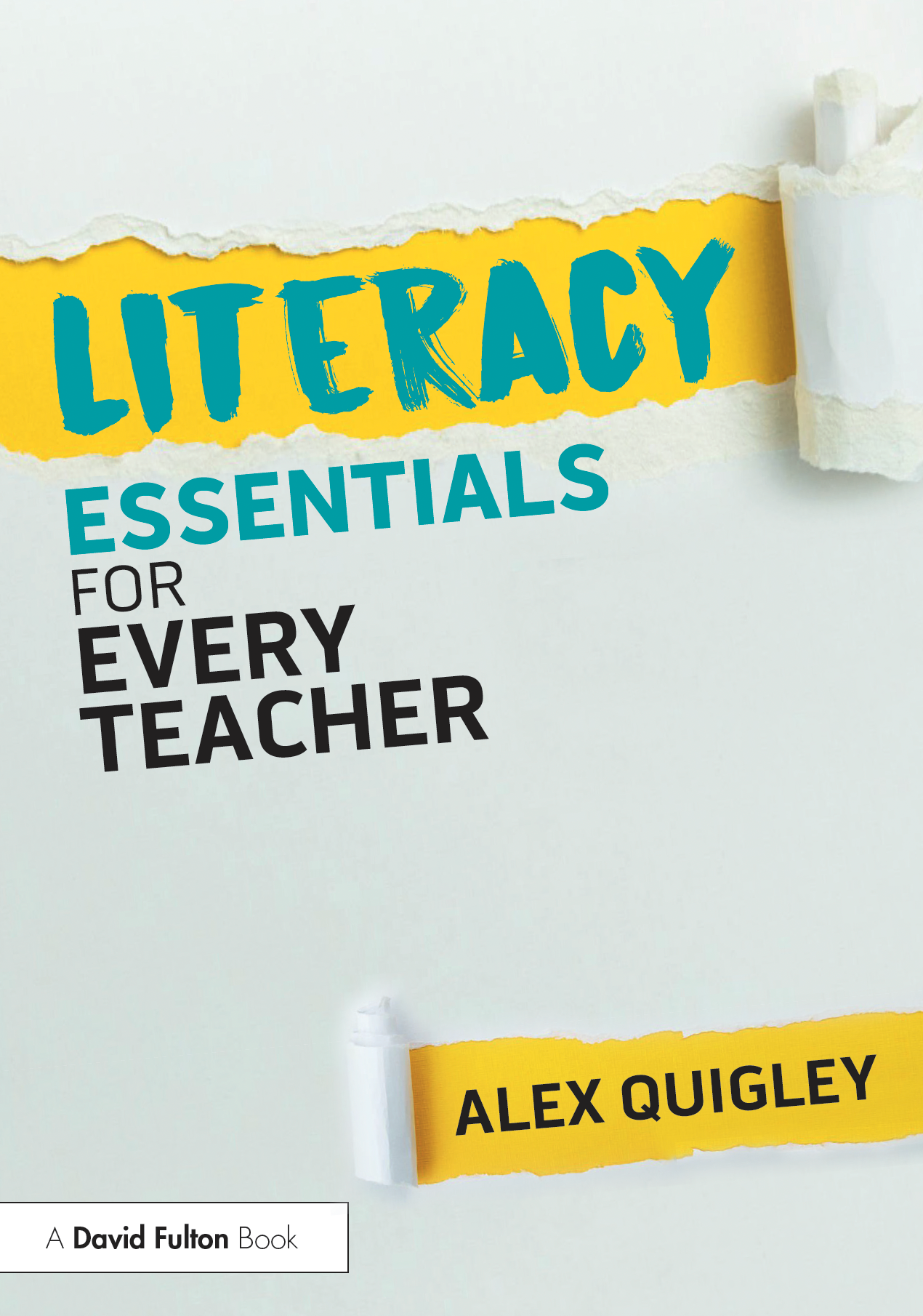Every teacher recognises the vital role of academic vocabulary to access the school curriculum and go onto succeed. Put simply, the more words you know, the further you’ll go.
Words are crucial tools to crow-bar open the curriculum for every pupil and they provide the means for self-expression and prove vital to exam success. What troubles teachers is how to best grow their pupils’ vocabulary.
The academic vocabulary of schools is clearly different, and more special than our daily talk. As such, deliberate attention to supporting pupils to develop their breadth and depth of vocabulary knowledge appears to be a necessity when faced with the complexity of school texts.
In a recently published report, by Oxford University Press (OUP) and The Centre for Education and Youth (CfEY), they revealed how vocabulary is once more at the forefront of concerns of teachers.
The report explores how 8 out of 10 teachers perceived that partial school closures and the impact of Covid-19 were only likely to widen the gap between word poor and the word rich pupils.
It also highlights how the transition between primary and secondary school is particularly troublesome. The report cites emerging research from Professor Alice Deignan, from the University of Leeds, who reveals that: “In an average day at secondary school, pupils are exposed to three or four times as much language as at primary school, purely in terms of quantity.”
Clearly, there is much more work to do to understand what vocabulary items that are most important to early language development and school success. Of course, if there was a special list that did the trick, we’d all be teaching it, but alas…it is more complicated than that.
It is helpful to better understand the wealth of words that connect and interact with near-infinite complexity, every day in the classroom, by applying the psychology and cognitive science concept of schema (plural ‘schemata‘) development.
Schema Building and Vocabulary Development
It is commonly agreed that deep understanding requires the ability to organise a broad array of knowledge into a meaningful mental architecture. Indeed, a key factor that marks out an expert from a novice is their ability to better organise and connect their prior knowledge into meaningful, rich patterns.
Now, building schemata – as commonly applied in psychology – goes beyond just the words. In fact, in early years education, schema theory more typically applies to repeated clusters of actions during play. But it is also helpful to take a more narrow linguistic perspective and see vocabulary development through the lens of building schemata.
Take the example of ‘daffodil’. What do you know about the word and concept of the daffodil flower? What other words do you generate if you think of it? As a Wordsworth lover, I may elaborate upon lots of romantic meanings and concepts far beyond literal meanings. To describe this knowledge more simply, I need a wealth of sophisticated vocabulary.
Let’s take a more developed example from biology. Consider the concept of ‘endangered species‘. We can represent schemas of knowledge by generating word maps:
Schema 1: Basic. This first schema represents a pupil whose knowledge is mostly bound to the concrete here and now of the various species who are endangered. The more meaning-rich noun, ‘extinction’, reveals the beginnings of more complex knowledge.
Schema 2: Developing. The second schema is more developed and moves beyond the concrete understanding of the species, onto related concepts of adaptation, predators and causal factors, such as deforestation. The word knowledge is more developed, but it is poorly organised.

Schema 3: complex and connected. The final schema represented the rich, well-connected vocabulary knowledge required of a pupil to speak and write about the concept with success. Key academic vocabulary is cohered meaningfully and concepts are connected.
If you are familiar with graphic organisers, you can see how the final schema above could easily fit into a Frayer Model structure, or a concept map. Indeed, it shows how approaching building vocabulary knowledge can be aided by encouraging pupils to map their word knowledge.
The following strategies offer further approaches for helping pupils to grow their vocabulary by explicitly building their schema:
- Word mapping. The above word maps (otherwise known as ‘semantic maps‘) offer a flexible way to activate prior knowledge before a topic, or when introducing a new concept. The also offer formative assessment for an eagle eyed teacher.
- Mighty morphemes. Morphemes of the building blocks of each word -from the roots, prefixe and suffix.The word ‘species’ has the root ‘spec’ – meaning ‘to see, observe’ – similar to ‘spectrum’ and ‘spectacle’. Connecting up these meaningful chunks is a classic example of effective schema building, offering key knowledge when encountering new words (explore this great ASCD article on ‘The Roots of Comprehension‘ for more ideas with morphemes).
- Connect 4. The simple act of select 4 words and seeking out as many elaborate connections as possible is an effective way to promote schema development. Take ‘extinction’, ‘evolution’, ‘variation’ and ‘conservation’… and go!
- Word stacking. This easy activity includes giving a word/phrase and aiming to generate as many related vocabulary items as possible in a list below the heading. As a result, the taller stacks win out, as they display a deeper, more developed schema.
- 6 degrees of vocabulary. Another strategy to foreground making artful connections between academic vocabulary is to encourage the ‘6 degrees game’. Pupils are giving a starting vocabulary item, such as ‘deforestation’, following by the sixth connection, such as ‘extinction’, with pupils needing to connect four vocabulary items in between and go on to explain their sequence and rationale.
Pupils may sometimes be faced with fragments of understanding and vocabulary gaps in the classroom and beyond, but by paying attention to explicitly building schema and connecting up academic vocabulary, we can offer pupils the building blocks of school success.
Related reading:
- As is often the case, Tom Sherrington (@teacherhead) has written a better and brilliant blog on schema-building, here: ‘Schema-building: A blend of experiences and retrieval modes make for deep learning‘.
- A handy history of schema theory can be found HERE.
- In my blog on ‘Should we KO knowledge organisers?‘ I offer a range of strategies for ‘elaboration’ that link nicely to the notion of schema building HERE.
- Finally, I share a range of free vocabulary resources HERE.








Comments